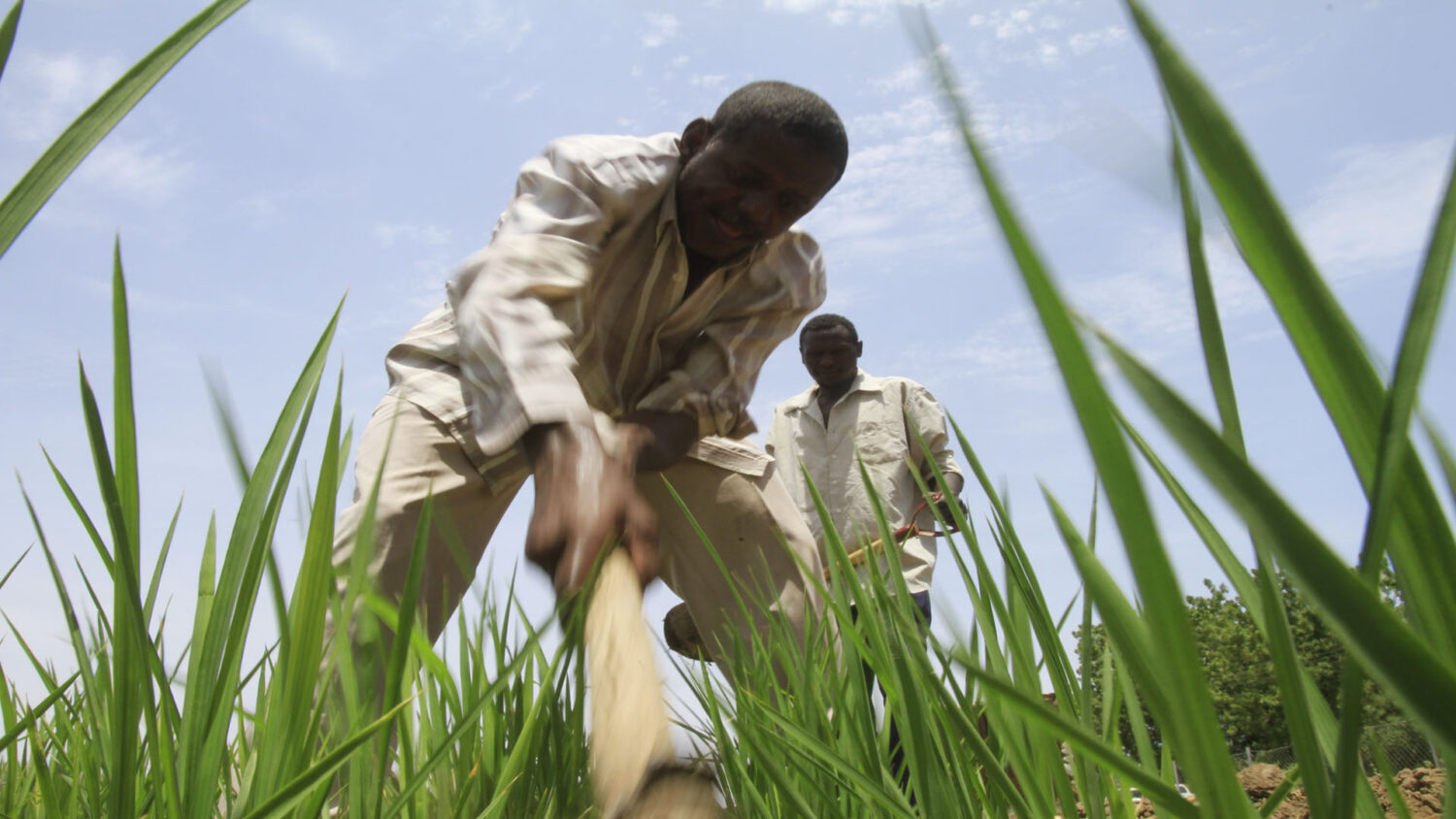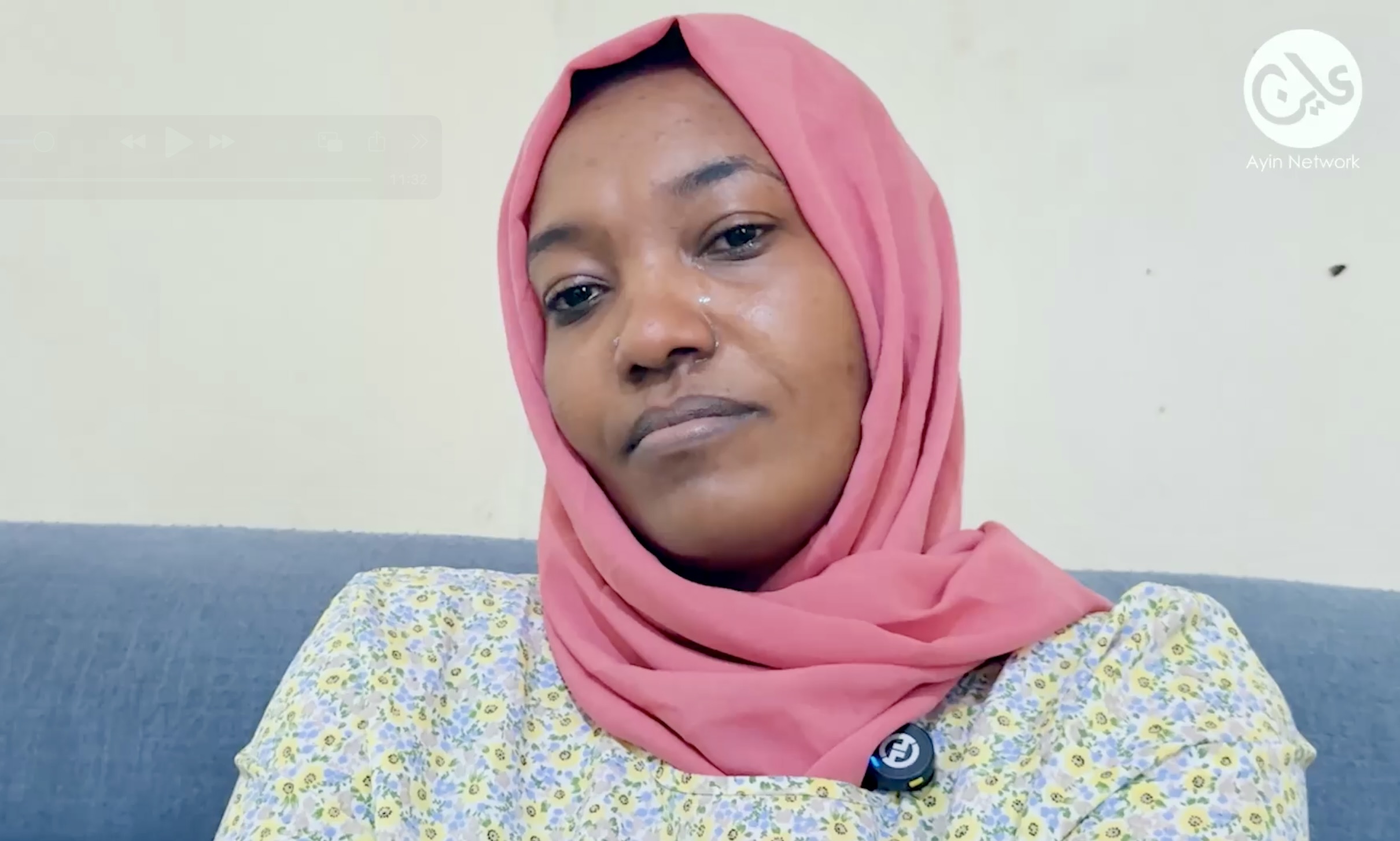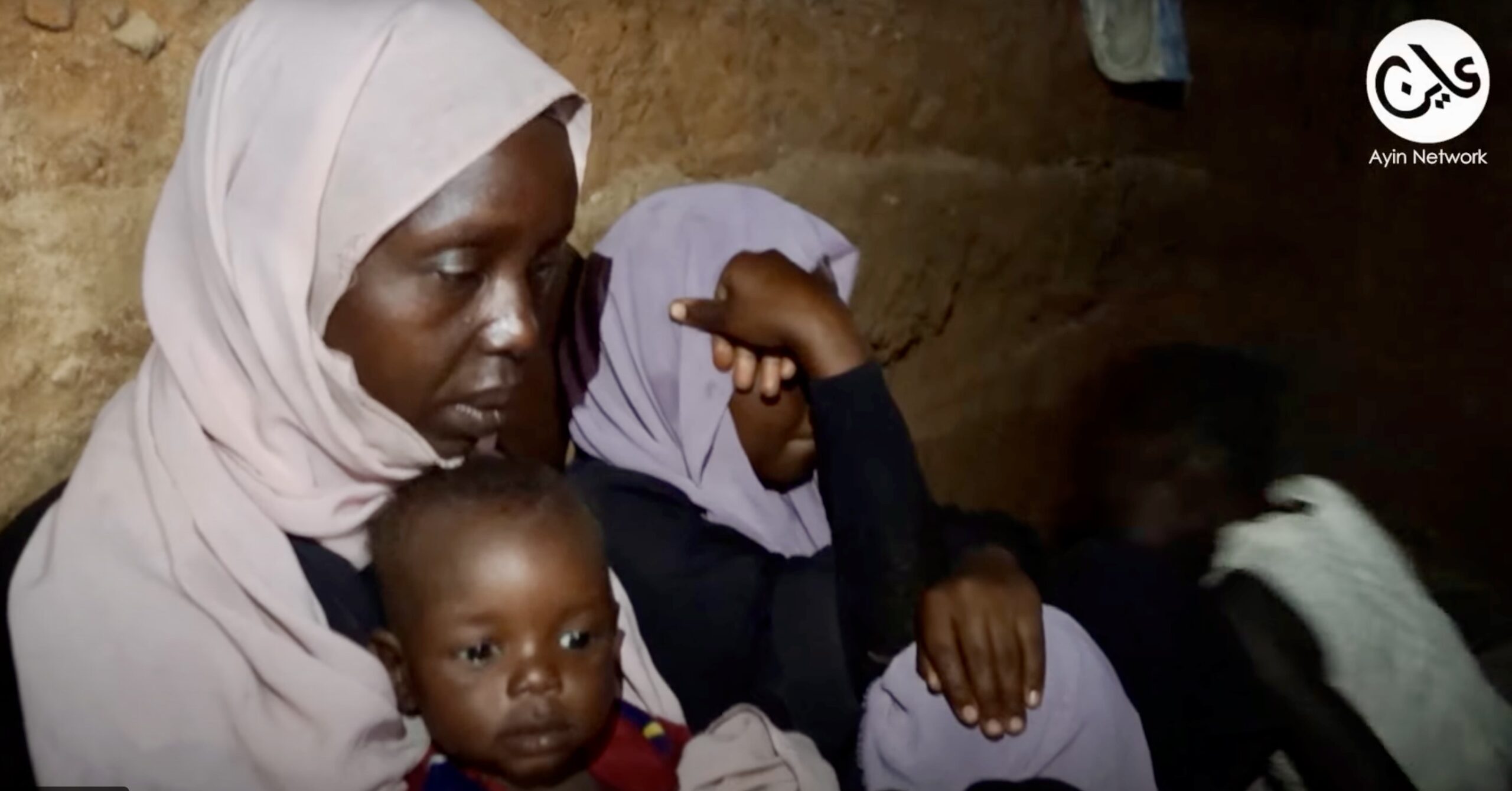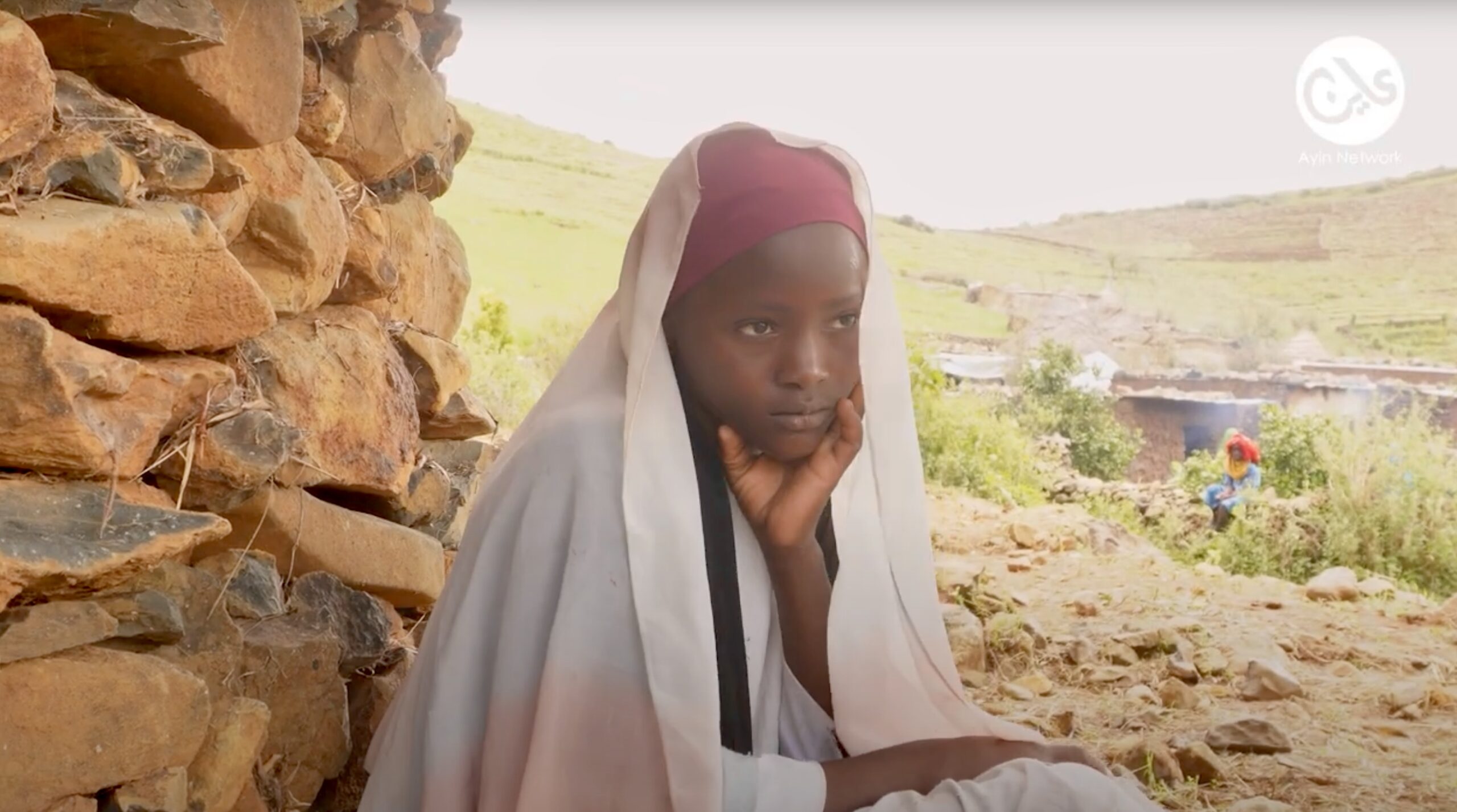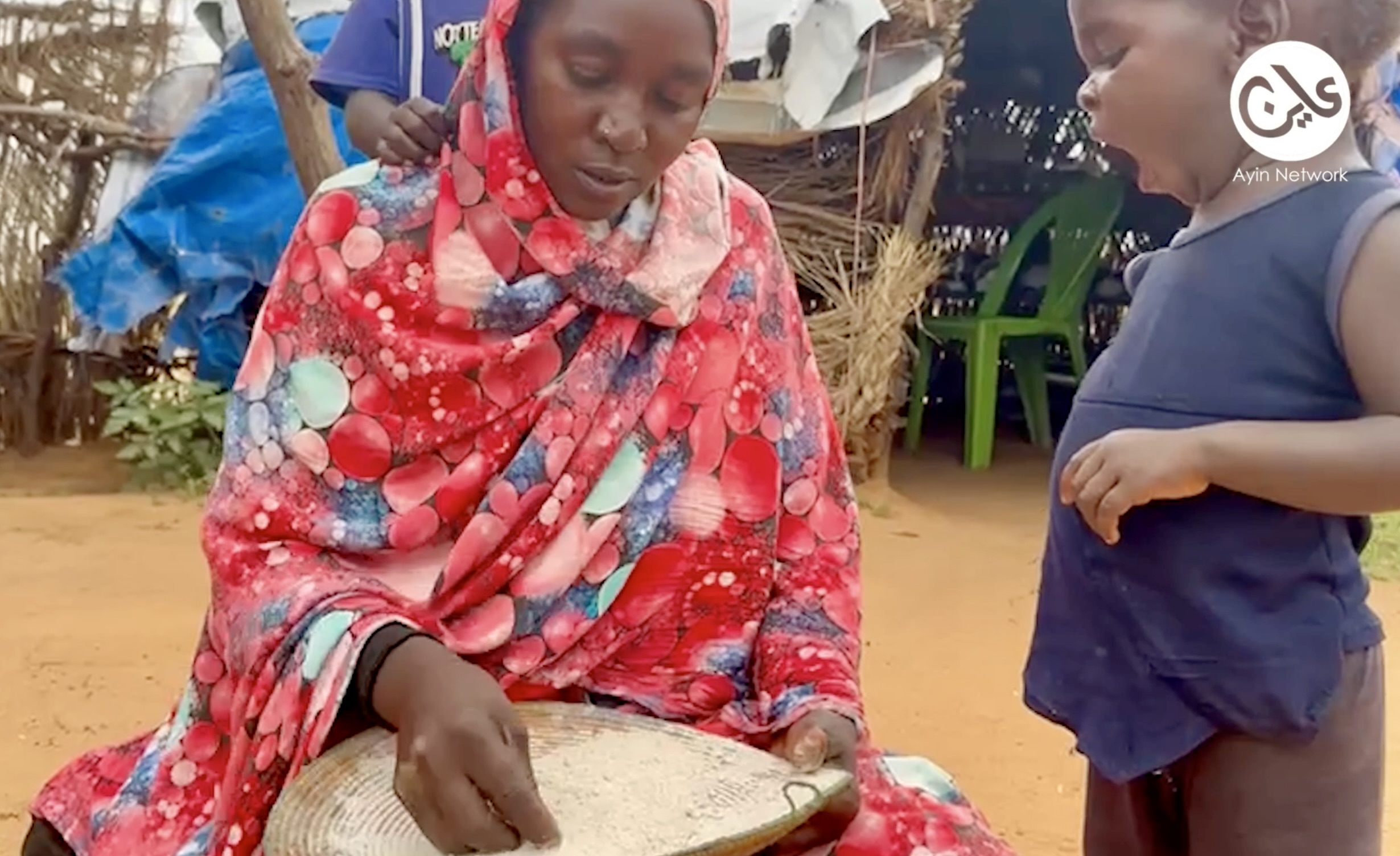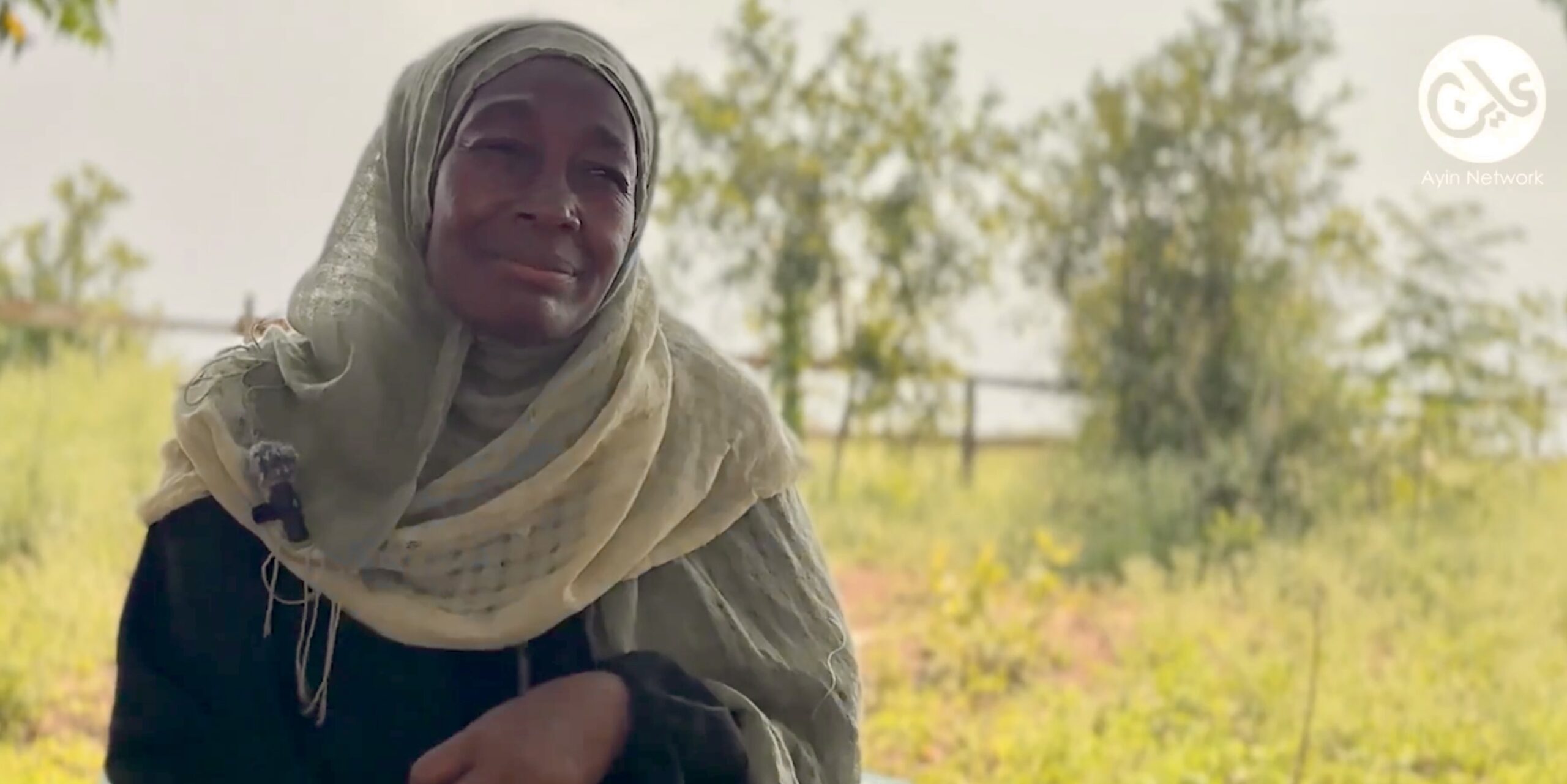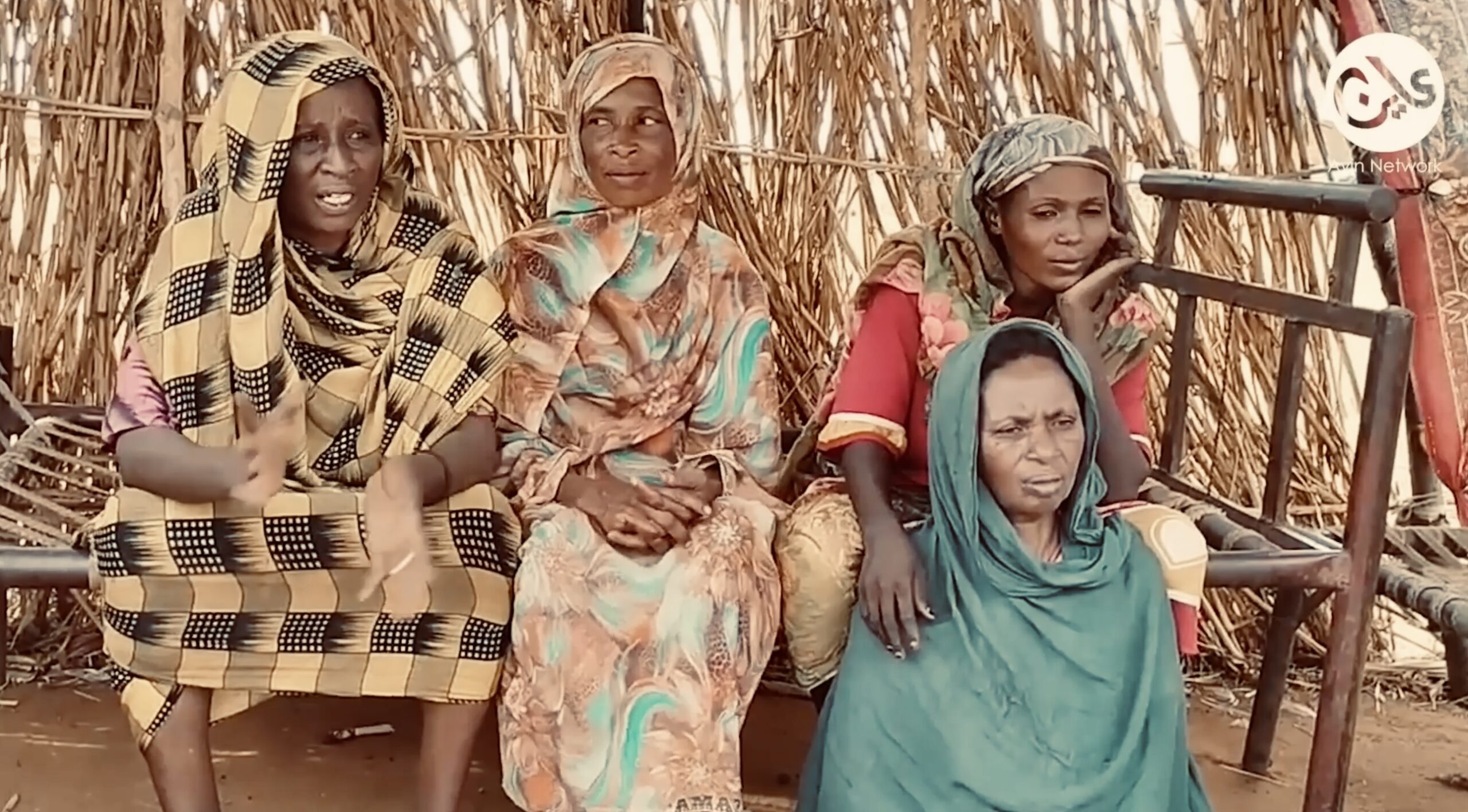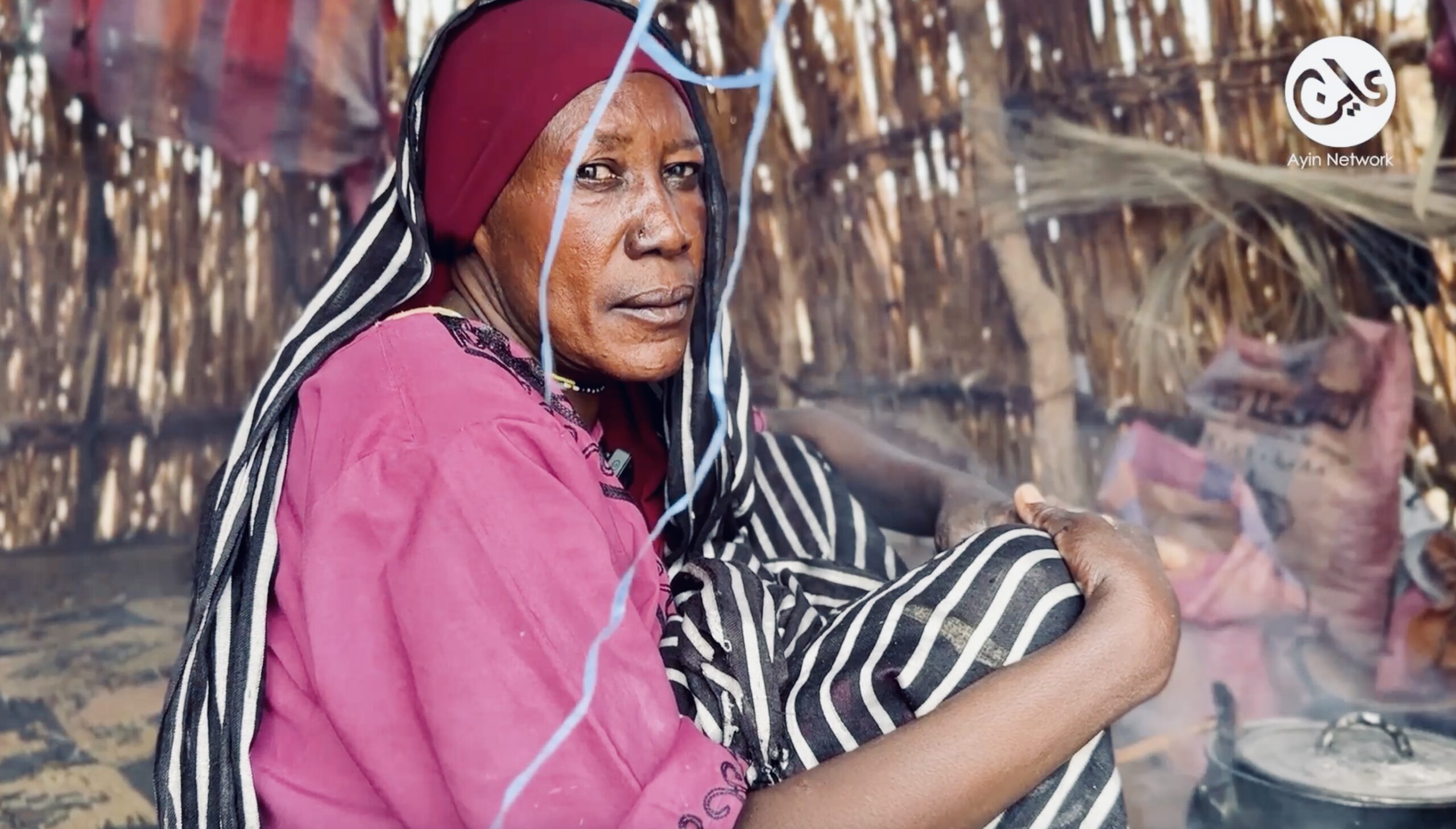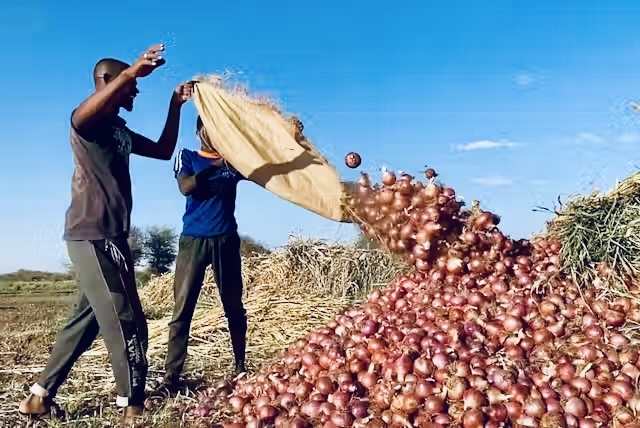Poor yields: The challenges faced by Blue Nile’s farmers
30 March 2023
Farming in the Blue Nile State, southeast Sudan, faces severe challenges in both rain-fed and irrigated sectors and could impact one of the country’s leading crop production areas. According to food insecurity monitors, the Famine Early Warning Systems Network, cereal crop yields in Blue Nile are significantly better this year than in prior farming seasons, but key cash crops have been negatively affected by low crop prices, limited funding, and heavy rainfall. The poor yields could prove a worrying dearth for cash crops such as sorghum, sesame, and groundnuts.
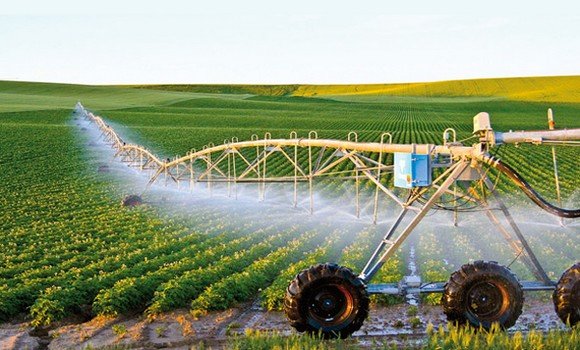
Worse still, many Blue Nile farmers are facing an uphill battle to pay off bank loans they acquired last year and have started the farming season in debt. “We started this season with issues from the last one,” says Ali Osman, a farmer from Atoro, Blue Nile State. “We are still in debt to the banks and market merchants. Last year the Agricultural Bank did not fund us during the farming season, and we are now at the mercy of merchants and brokers.”
Without fiscal support and government intervention, Osman told Ayin, gas barrels for farming and irrigation pumps were sold at 400,000 Sudanese Pounds per barrel – four times the price of previous years. Traders are also hoarding crops, Blue Nile farmer Hamid Bargo Bakari said, to control prices in their favour. “Prices drop in the harvest time –which is caused by the traders as they plot to lower the value during the harvest period and buy from us at a lower price –then they store the goods for months until the prices increase before selling them at a much higher rate.”
While cultivating cotton, Osman said, the price was roughly 60,000 Sudanese Pounds – but the price was cut in half during harvest time. Without clear policies from the government, estimating crop prices is a “leap in the dark”, Osman added. “The government only shows up to collect taxes and dues imposed on farmers – it needs to reevaluate its policies towards production and farmers, let banks compete freely in financing agriculture, or allow us to export our products directly,” he said.
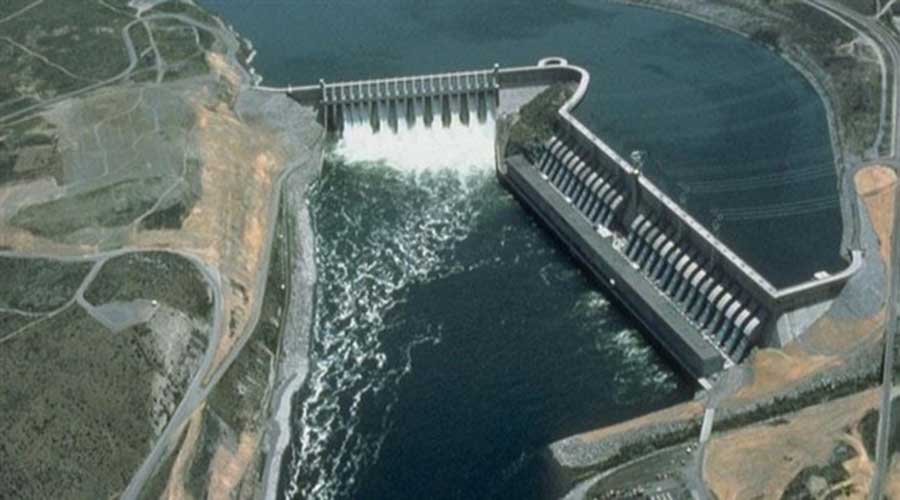
Climate Change
In addition to the governmental lack of proper planning and support, farmers in the Blue Nile region also struggle with climate change and the increase in rainfall that can have a negative impact on farming in the area. Rainfall levels in Blue Nile State are far higher than any other area of Sudan, according to United Nations data, and last year’s rain levels were significantly higher than in prior years.
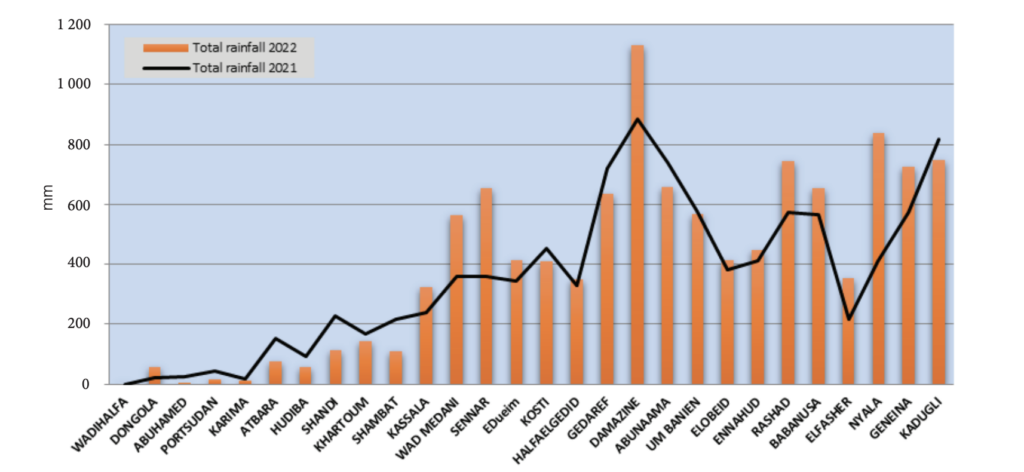
Several farmers who spoke to Ayin said unprecedented levels of humidity and rainfall have affected their ability to make any viable plans for planting. “Cultivating sesame has been a challenge for the past three years due to weather issues,” Bargo said. “There is a change of climate, we think it may be related to the Grand Ethiopian Renaissance Dam (GERD) – but we are not certain and there is no government entity to clarify the climate issues or advise us on how to go forward.”
However, Yassir Abbas, the former Minister of Irrigation and Water Resources, does not believe the GERD negatively affects agriculture in the state. Abbas told Ayin that the GERD influences Blue Nile River waters –not the rainfall rate in the Blue Nile Region or the climate in the country.
In fact, the flow of the Blue Nile River is expected to become steady, according to a 2022 research paper by the University of Waterloo, which will improve irrigation and help increase Sudan’s GDP up to USD $82 billion, according to the research. However, these positive impacts can only occur if Sudan and Ethiopia collaborate vis-à-vis irrigation and cropping patterns and will only occur when the dam is fully operating.
“The issues surrounding agriculture in the region are a result of the governmental policies and the economic recession that occurred after the military coup of the 25 October,” Abbas added, “Which led to increasing production costs for farming, especially petroleum products.”




